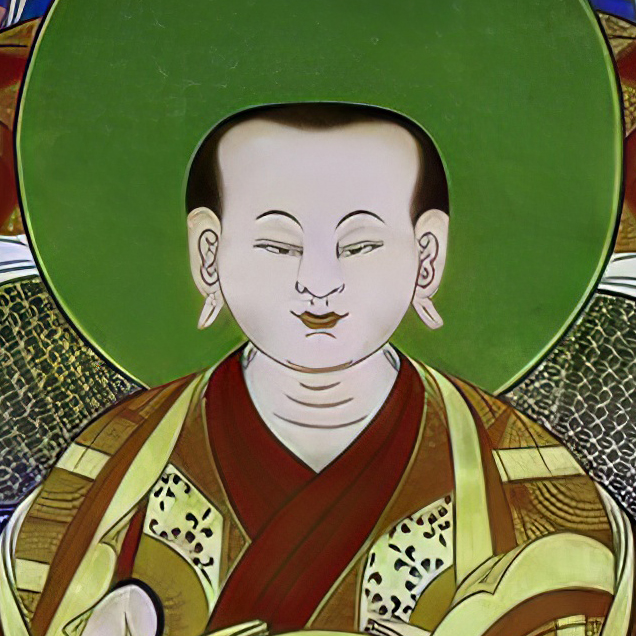

The next morning we paid a visit the Palace of King Indrabuti, in Udegram. There is approximately a 30 minute walk from the entrance to the site of King Indrabuti’s palace ruins. From the ruins of the palace there is a scenic view over Udegram ( ancient scriptures describe as Uri ) and the snowy Hindu Kosh Mountains in the background King Indrabuti is believed to have been a great supporter of the Dharma. In his time there were invasions by Kings from other lands and so he head out to other lands to help support and propagate the Dharma where the Dharma was welcomed.



THE LIFE OF KING INDRABHUTI
(http://levekunst.com/the-life-of-king-indrabhuti/ )
(Also see : http://balkhandshambhala.blogspot.com/2013/09/king-indrabhuti-sambhola.html?m=1
“Indrabhuti: the Enlightened Siddha King….the land of Oddiyana was divided into two kingdoms. The Kingdom of Lankapuri was Brahmin and ruled by king Jalendra and the Kingdom of Sambhola was Buddhist and ruled by king Indrabhuti.”…http://www.himalayanart.org/search/set.cfm?setID=577
“Like the Epic of Gesar, there are many different versions of the great epic Ramayana…. (India, Sri Lanka, Bali, Cambodia, Vietnam and Thailand, etc).”……..
Udegram: the Castle (5th-14th cent. CE), tentatively identified by Tucci as the Palace of Indrabhuti described by Tibetan pilgrims
“Indrabhuti (alternatively King Ja) is a name attributed to a number of individuals that have become conflated in the esoteric Buddhadharma tradition of Mantrayana….The matter of the conflation of Indrabhuti and at least one evocation of the historicity of a particular personage by that name is intimately connected with the location of ‘Oddiyana’ …….According to Nyingma tradition, King Ja (also known as Indrabhuti) taught himself intuitively from “the Book” of the Tantric Way of Secret Mantra (that is Mantrayana) that magically fell from the sky along with other sacred objects and relics “upon the roof of King Ja” …..….http://en.wikipedia.org/wiki/Indrabhuti ……..”)
“Indrabhuti was a Tantric Sidhacharya and author of many Tantric works including Jnanasidhi, Kurukulla Sadhana, etc. Indrabhuti was a disciple of Kambalapada (683 CE) and Anangavajra (705 CE). He had to undergo various troubles and sufferings in his early life. His only son died a premature death and his territory was devastated by drought and famine. He and his subjects prayed to Lord Buddha for his grace. As a result Sakyamuni appeared as a boy resembling the Buddha at the centre of a lotus blossom on Lake Dhanakosha. ”
http://himalaya.socanth.cam.ac.uk/collections/journals/jbs/pdf/JBS_34_08.pdf
An 1869 photo of a Buddha statue seated on a lotus throne in Swat Valley.
Historically known as Uddiyana, Tantric Buddhism flourished under King Indrabhuti, however, there is an old and well-known scholarly dispute as to whether Uddiyana was in the Swat valley, Orissa or some other place. Padmasambhava (flourished eighth century AD), also called Guru Rimpoche, Tibetan Slob-dpon (teacher), or Padma ‘byung-gnas (lotus born), semi-legendary Indian Buddhist mystic who introduced Tantric Buddhism to Tibet was, according to tradition, native from Uddiyana. He is revered as the second Buddha in Tibet. Padmasambhava is said to be the son of Indrabhuti, king of Swat in the early eighth century AD and one of the original Siddhas. Indrabhuti’s sister, Lakshminkaradevi, is also said being an accomplished siddha of the 9th century AD.
(Additional reference see: http://www.hkttreks.com/pakistan-swat/ )
(Additional reference see: https://www.rigpawiki.org/index.php?title=Indrabhuti

